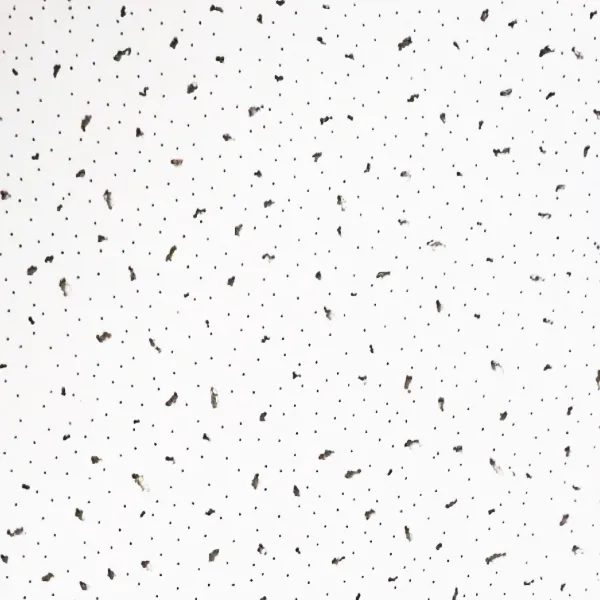9 月 . 22, 2024 22:32 Back to list
pvc vs gypsum false ceiling
PVC vs Gypsum False Ceiling A Comparative Analysis
When it comes to interior design and architecture, ceilings play a crucial role in enhancing the overall aesthetic appeal of a space. Among the popular options for false ceilings, PVC (Polyvinyl Chloride) and gypsum are two leading materials that offer distinct advantages and considerations. This article aims to provide a comparative analysis of PVC and gypsum false ceilings to help homeowners and interior designers make informed choices.
Material Composition and Properties
PVC is a synthetic plastic polymer that is lightweight, durable, and highly resistant to moisture, making it an ideal choice for areas prone to humidity such as bathrooms and kitchens. On the other hand, gypsum is a naturally occurring mineral that is known for its excellent sound insulation properties and fire resistance. Gypsum boards are often used in a variety of interior applications due to their versatility and ability to provide a smooth finish.
Aesthetic Appeal and Design Flexibility
One of the key factors influencing the choice between PVC and gypsum false ceilings is their aesthetic appeal. PVC false ceilings come in various colors, patterns, and finishes, including wood-like textures, metallic looks, and vibrant hues. This versatility allows for creative designs that can suit various interior styles, from modern to traditional. In contrast, gypsum ceilings offer a more classic and elegant finish with the ability to create intricate designs through plastering. However, they may not have the same range of colors and styles as PVC.
Installation Process and Maintenance
pvc vs gypsum false ceiling

Installation is another critical aspect where the two materials diverge. PVC panels are generally easier and quicker to install. They can be mounted directly onto the existing ceiling structure, making them a preferred choice for quick renovations. Gypsum ceilings, while sturdy and long-lasting, often require a more complex installation process involving frameworks and joint treatment, which may increase labor costs and installation time.
Maintenance requirements also differ significantly. PVC false ceilings are virtually maintenance-free, as they are resistant to moisture and can be easily cleaned with a damp cloth. In contrast, gypsum ceilings might require periodic maintenance, such as repainting and repairing of any cracks or damages that can occur over time, especially in areas with high humidity.
Cost Considerations
When evaluating the cost, PVC false ceilings tend to be more budget-friendly initially due to their lower material and installation costs. Gypsum ceilings, while generally more expensive, can be worthwhile in the long run due to their durability and aesthetic appeal, particularly in settings where elegance and sophistication are paramount.
Conclusion
In conclusion, the choice between PVC and gypsum false ceilings ultimately depends on individual preferences, specific application needs, and budget considerations. PVC offers durability, ease of installation, and a wide range of designs, making it suitable for modern interior spaces. Gypsum, on the other hand, provides superior sound insulation and a classic finish, ideal for luxurious settings. By weighing these factors, homeowners and designers can select the most suitable false ceiling option for their space.
-
Revolutionizing Interior Design with Ceilings t grid Suspended SystemNewsOct.29,2024
-
Revolutionizing Ceiling Design with ceiling access panel with Gypsum Tile WaterproofNewsOct.29,2024
-
Revolutionizing Interior Design with PVC Gypsum Ceiling: A Comprehensive GuideNewsOct.29,2024
-
Elevating Interior Design with High quality Mineral Fiber Ceiling TilesNewsOct.29,2024
-
Revolutionizing Interior Design with PVC Gypsum Ceiling: A Comprehensive GuideNewsOct.29,2024
-
Elevating Interior Design with High-Quality Mineral Fiber Ceiling Tiles: A Comprehensive GuideNewsOct.29,2024







